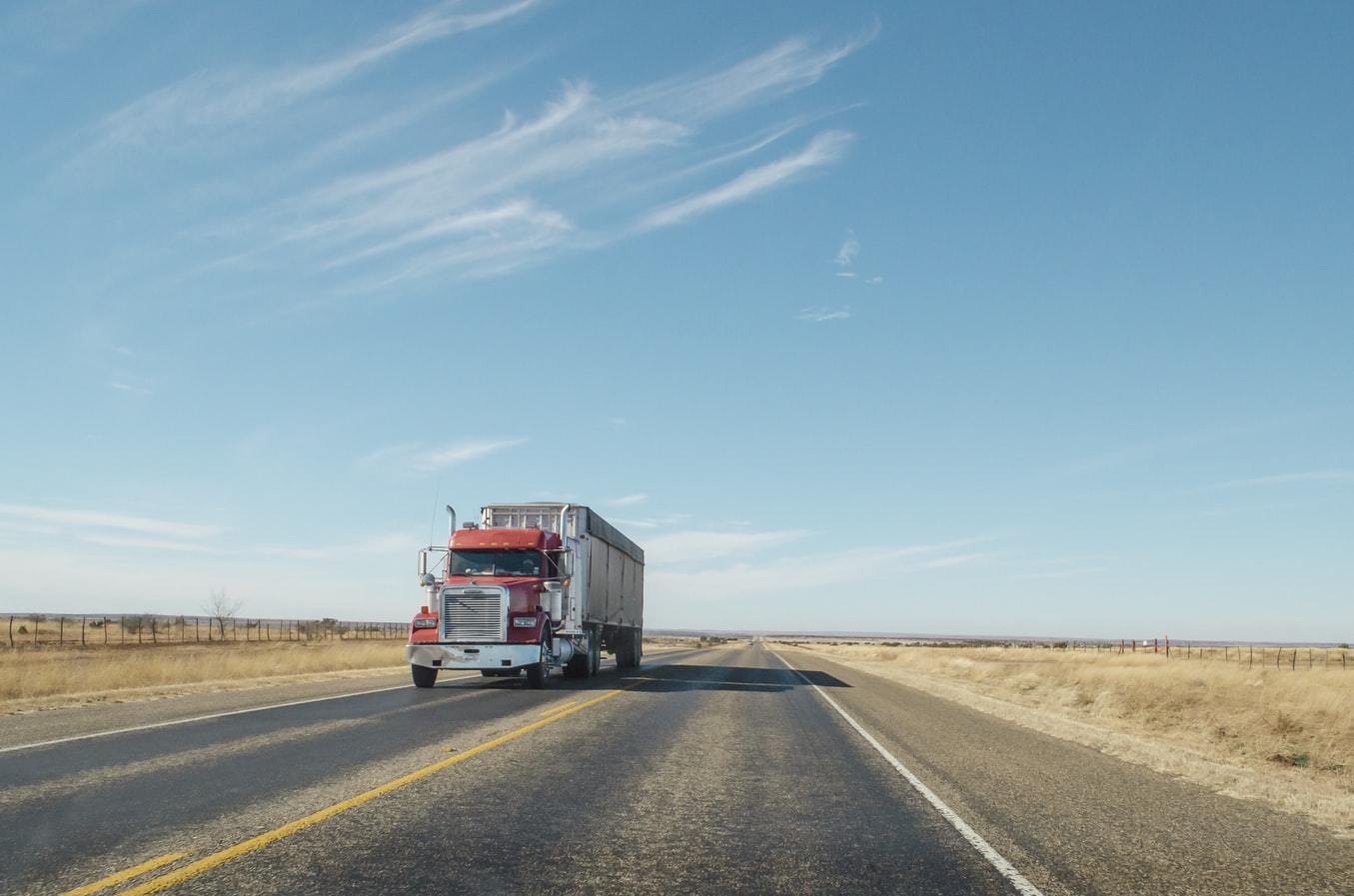While almost all vehicles have blind spots, big rigs and semi-trucks are perhaps the most notorious for the size as well as the scope of the blind spots. Becoming educated on blind spots as well as being generally aware is crucial for overall driving safety.
What Is a Blind Spot?
Blind spots refer to the area around a vehicle where vision is restricted or gone. Most blind spots are defined by an inability to see when looking through a rear-view or side mirror. Typically, blind spots are associated most with commercial semi-trucks. What causes the blind spot is the sheer length of the vehicle in combination with the height. Other variables to blind spots may include the design/size of the dashboard, windshield, and pillars as well as having a fully-loaded car. Entering a vehicle’s blind spot at some point is nearly inevitable, but continuing to stay in said blind spot creates potential hazards.
The “No-Zone”
The “No-Zone” refers to an area (or multiple areas) around a large truck where drivers cannot see. Lingering in the no-zone is not suggested and collisions are more prone to occur. Driver visibility is the area that a driver is capable of seeing when moving. The no-zone is an area defined outside of said driver visibility. There are different types of no-zones:
- Front No-Zone: This zone is located directly in front of the cab of the truck. The area covers about 10 car lengths from the front of the cab. Truckers sit high up in comparison to other vehicles, and this creates an inability to see cars directly in front of them. When passing, allow enough time to make it past the front no-zone before getting in front of the truck.
- Right-Side No-Zone: This zone is located behind the cab and to the right, and is one of the biggest blind spots. When following on a multi-lane highway, allow at least one car length from the back of the truck’s cargo. When passing, try to avoid staying in the no-zone area.
- Left-Side No-Zone: This zone is located behind the cab and to the left, and is about half the size of the right-side no-zone. On a multi-lane highway following, allow at least one car length from the back of the truck’s cargo. When passing, try to avoid staying in the no-zone area.
- Back No-Zone: This zone is located directly behind the trailer or cargo that a truck is carrying. The cab has no rear-view mirror, so there is no way to see if someone is tailgating directly behind them if they ever had to stop immediately. This is also one of the biggest blind spots.
A good preventative measure to keep in mind is that if you cannot see the truck driver’s face through a side or rear-view mirror, they cannot see you.
Why Is Blind Spot Driving So Dangerous?
Blind spot driving is dangerous because you temporarily appear invisible to truck drivers. Many assume that due to the size of commercial vehicles and their larger mirrors that truck drivers have more visibility — when this is not actually the case. To elaborate, because semi-trucks are so large, truck drivers are unable to see particular parts around their vehicle and onto the roadway regardless of bigger mirrors and higher clearance. If a truck driver does not see your car enter one of their blind spots, or you remain in the blind spot for a long period of time and the truck driver forgets, there is a chance for the truck driver to switch lanes and cause an accident. In more cases than not, trucking accidents caused by blind spots result in the death of passenger car occupants far more than they do the driver of the truck.
How Do I Avoid Blind Spots?
While there is no cure-all to blind spots, there are methods for driving in a way that minimizes potential incidents and maximizes driver range of vision. Here are some ways to avoid blind spots:
- Adjust rear-view mirror: Position your mirror so that it covers your straight back vision. Do not attempt to sit unnaturally or adjust to see better out of the mirror. Adjust the rear-view mirror to how you naturally sit.
- Adjust driver-side mirror: Lean your head towards the driver-side mirror until almost touching. Once there, adjust your left side mirror so that you can see the left side of your car partially.
- Adjust passenger-side mirror: Lean your head towards the center of the car. Once there, adjust your right side mirror so that you can see the right side of your car partially;
- Test your visibility when driving: When you are in multi-lane traffic pay attention to cars passing you on either side and note where you can see them and where you cannot. Adjust your mirrors accordingly.
Adjusting your mirrors to diminish or deplete blind spots is crucial, so keep in mind that you shouldn’t be able to see the side of your car when sitting upright and looking out your side mirrors. This approach to avoiding blind spots should be done every time you enter a new car, or from time to time in your own vehicle.
Who Is Liable in a Truck Blind Spot Accident?
Truck drivers should be aware of blind spots because they can be held liable in truck blind spot accidents. Truck drivers are required to acquire a Commercial Driver’s License (CDL) that mandates special training as well as competency test completion in order to operate large vehicles safely. This license obliges truck drivers to take special care when driving to avoid foreseeable risk, or potential injury, in part because big rigs involved in accidents can cause much more severe damage than ordinary passenger vehicles.
That being said, since CDL holders are trained and expected to be careful, they are also held liable when they deviate from what they are expected to drive like. A truck blind spot accident can be lethal, so suing for negligence is common. In order to sue for negligence 5 criteria must be proven:
- Duty of Care: Legal obligation adhering an individual or company to a standard of care deemed reasonable;
- Breach of Duty: Violation of the duty of care standard(s);
- Actual Causation: A cause or factor that causes an incident. Without the cause/factor, the incident would not have occurred;
- Proximate Causation: A cause or factor that relates to an incident. There is more nuance to proximate causation than actual;
- Damages: Physical or emotional harm that can be seen and/or proven.
Vicarious liability poses a secondary liability to the trucking companies themselves. In some cases, an employer can be held liable for the acts and/or misdeeds of its employees.
What Should I Do in the Event of a Truck Blind Spot Accident?
If involved in a truck blind spot accident, contact experienced attorneys immediately. Although you should treat an accident just like any other type of accident by calling 9-1-1, making sure all parties are okay, and exchanging information, truck accident claims work slightly different from car accident claims. Find a qualified truck accident attorney as soon as possible so that they can retrieve and preserve evidence as well as conduct a thorough investigation that leads to the cause of the incident. Be aware that this is a long process and can take weeks or even months to investigate.
If you have been in an accident and need immediate legal assistance please don’t hesitate to call the semi-truck accident lawyers of Stewart J. Guss. We are available 24/7, seven days a week — serving clients nationwide.





